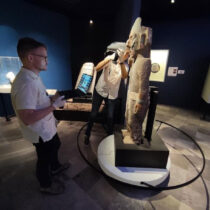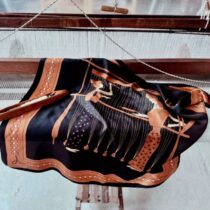During the last half-century and gathering pace in the last twenty years, there is a move in education and communication theory towards acknowledging people as active in making sense of their social environments and towards acknowledging that plural and sometimes conflictual views exist. Consequently, the museum world has begun to accept the museum visitors far from being a homogenous mass of people, are individuals with their own particular needs, preferred learning styles and cultural agendas. The active post-modern museum visitor can be explained and approached through theories of learning and communication. These theories may also influence museums in their definition and understanding of their role in contemporary and future societies, of their impact on people and of their power to define past, present and future.
Thinking about museum education and communication in the post-modern age
22 Aug 2012
by Archaeology Newsroom
- A
- A
- A


